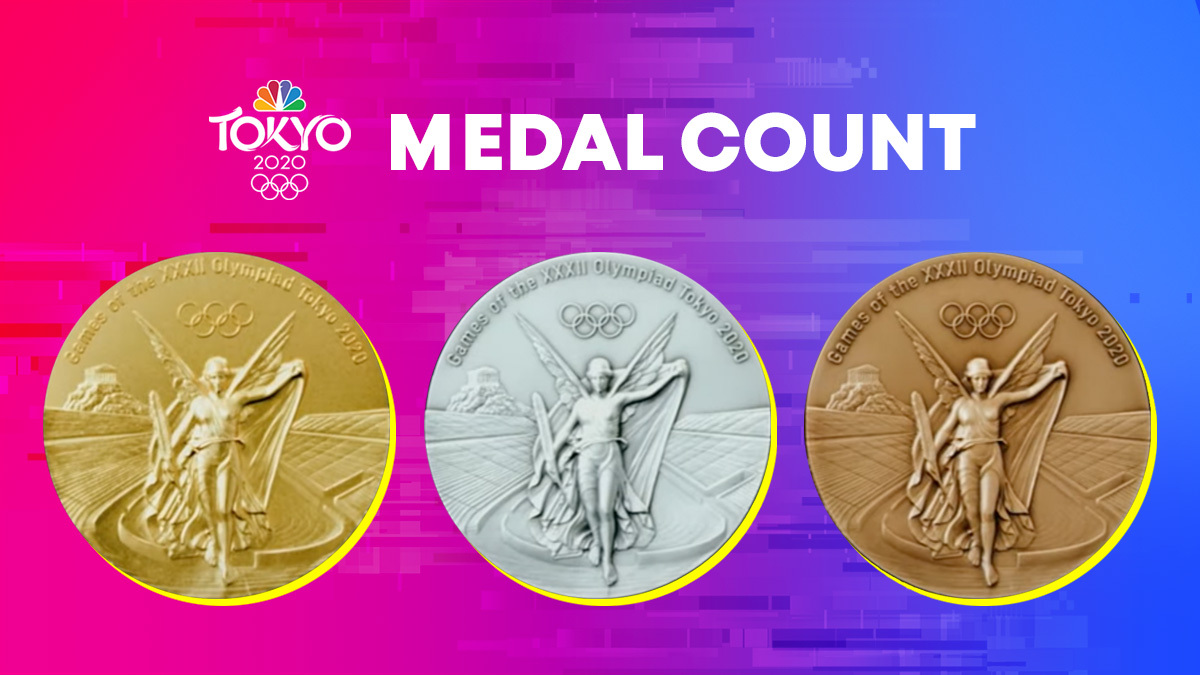

“Imagine a society in which 93 percent of children grow up playing organized sports,” wrote Tom Farrey in the New York Times. After age 12, youngsters can choose to enter more competitive sports situations with higher-level coaching but it’s their choice. High-priced elite travel teams for children simply don’t exist. Scores of games aren’t kept and children aren’t ranked based on ability.

In Norway, the focus for kids 12 and under is whole child development. Too often, American kids are pushed to specialize in a single sport as young as nine years old, by coaches, parents, or both. * “An example of a violation of these rights is if a child is pressured by the parents to participate in competitions against its will.”Ĭhildren in Norway are encouraged to play multiple sports. * “Children have the right to choose which sport, or how many sports, they would like to participate in - and decide for themselves how much they would like to train.” They must be granted opportunities to participate in planning and execution of their own sports activities along with coaches and parents.” * “Children have the right to state their viewpoints and to be heard. They must also be granted opportunities for variation, training and interaction with others.” * “Children have the right to experience a sense of mastery and to learn many different skills. * “Children have the right to participate in training and competitive activities which will facilitate development of friendship and solidarity.” Here are a few key pieces from that document: Norway has a national youth sports policy that is the foundation of all youth sports activities in the country.

As sociologist Alfie Kohn notes, “Nothing, according to the research, predicts excellence like finding the task fun.”īut Norway’s athletic success comes from more than just focusing on fun. The philosophy of emphasizing fun in sports is supported by research. “We’re a small country and can’t afford to lose them because sport is not fun.” Our priority is the child becoming self-reflective about their bodies and minds,” said Inge Andersen, former secretary general of the Norwegian confederation. “It’s impossible to say at 8 or 10 or 12 who is going to be talented in school or sport. Let’s start with this: They focus on making sports fun for their young people. So how do they do it? How does a country that small dominate the Winter Olympics? (Norway has also produced some excellent athletes in the Summer Olympics.) Norway’s population is 5.4 million, which is about the size of metro Detroit. That total was way above the totals for the United States, Russia, Canada and Germany. Norwegians are projected to take home 45 medals by the end of these Games, surpassing the 39 medals they won at the 2018 Winter Olympics. As I write this, Norway is tied for second in both total medals and gold medals at the Beijing Olympics.


 0 kommentar(er)
0 kommentar(er)
